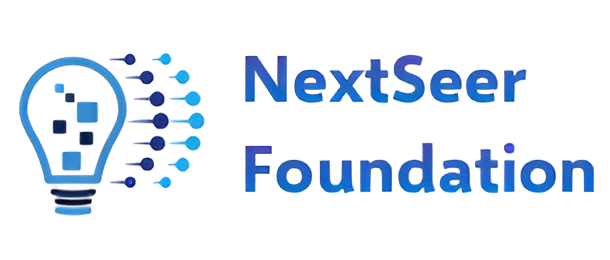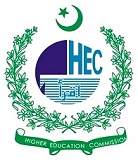Enhancing Weather Recognition Using Transfer Learning Approach
Keywords:
Multi-Class Classification,, Transfer Learning, Fine TuningAbstract
This research highlights the crucial role of accurate weather classification in industries such as autonomous vehicles and intelligent transportation. Manual classification methods are often time-consuming and prone to errors, while online weather forecasts may not provide real-time accuracy. To address these challenges, the study harnesses the power of Convolutional Neural Networks (CNNs) with the invaluable technique of transfer learning. By using transfer learning, pre-trained models (MobileNetV2 and VGG19) are fine-tuned to classify weather images into categories like Shine, Rain, Sunrise, and Cloudy.
The key significance of transfer learning lies in its ability to leverage knowledge from large datasets, such as ImageNet, to enhance the accuracy and efficiency of weather classification. The results of this study affirm the potential of transfer learning, with MobileNetV2 achieving an impressive accuracy rate of 94.65%, and VGG19 performing strongly at 92.88%. This underscores the critical role of transfer learning in improving weather classification, ultimately providing more reliable weather information for diverse applications and industries. In essence, transfer learning contributes to advancing autonomous systems, outdoor vision solutions, and intelligent transportation, thereby enhancing the quality of life and safety for individuals and communities.





